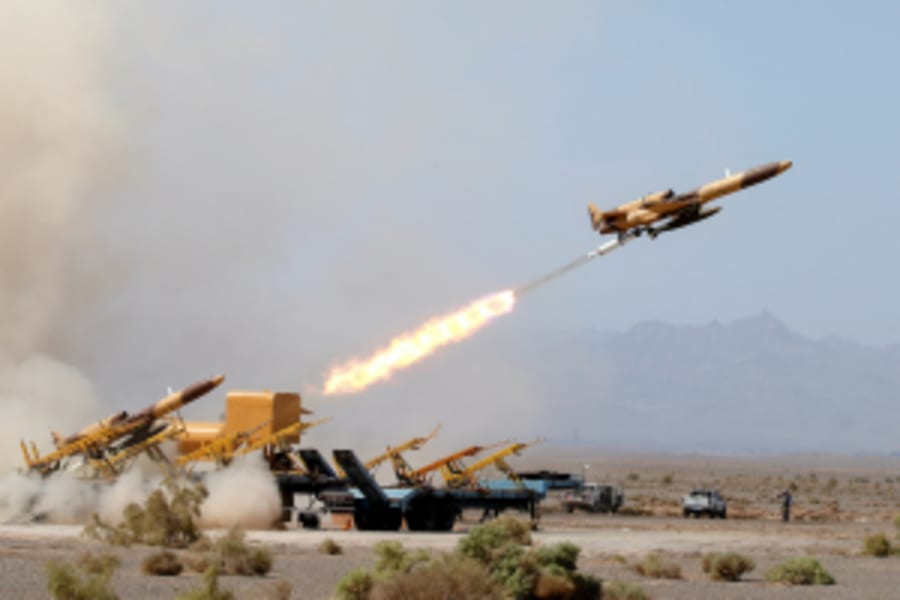Israeli drones exposed hidden Iranian missile sites in June war, highlighting rising role of drones in warfare

Advanced Hermes 900 drones from the Israeli defense company Elbit played a crucial role in locating dozens of hidden Iranian ballistic missile launchers during the 12-day war between Israel and Iran in June, known as Operation Rising Lion. Their targeted efforts to identify and neutralize the launchers helped save lives by making it harder for Tehran to fire ballistic missiles at Israel.
Speaking at the UVID Drone Tech conference in Tel Aviv on Wednesday, Amir Bettesh, vice president for Elbit’s unmanned aircraft systems marketing, emphasized that drones increasingly play a critical role in Israel’s national security.
He revealed that drones carried out some 70% of the Israeli Air Force’s (IAF) total flight hours during the conflict. While Israel’s conventional fighter jets are still critical for the country’s security, piloted planes reportedly only recorded 30% of the total flight hours during the war.
The growing shift toward the usage of drones also reduces the risks of losing pilots and manned planes that are much more valuable and expensive to replace.
Daniel Eshchar, CEO of the Israeli defense company Orbit Communications, predicted at the conference that drones will likely account for 90–95% of all flight hours in future aerial combat. He said long-term trends point toward battles increasingly fought between machines rather than humans. Still, he emphasized that piloted aircraft will remain essential, particularly for complex, high-value missions. For example, Israeli pilots flying fifth-generation F-35 fighter jets played a key role in destroying Tehran’s advanced Russian-made S-300 anti-aircraft missile systems, the backbone of Iran’s air-defense network.
While traditional dogfights are rare in modern aerial warfare, demand for advanced fighter jets remains high. Earlier this month, U.S. President Donald Trump pledged to sell American-made F-35s to Saudi Arabia. Some analysts have warned that such a deal could weaken Israel’s qualitative military edge in the Middle East. However, unlike the Saudis, the IAF has extensive combat experience with the F-35, and its aircraft have been heavily upgraded with indigenous technologies that reportedly played a critical role in the June war against Iran.
Israel reportedly has around 40 F-35 fighter jets in its fleet and plans to expand that number to at least 75. The IAF also operates a larger number of older F-15 and F-16 jets, which have been upgraded with Israeli technologies and continue to play vital roles in the country’s overall defense.
In September, Israel announced that it would further upgrade its aging F-16 fighter jet fleet after they proved very efficient in the aerial campaign against Iran.
Addressing the drone conference, Matteo Shapira, the co-founder of the tech company XTEND CXO, explained that his business has divided drones into five different categories, ranging from drones completely controlled by humans, mixed human-drones to completely independent drones.
Amid growing tensions between Jerusalem and Tehran, Shapira assessed that autonomous mission-based drones could be used again during a potential future military confrontation with the Islamic Republic of Iran. Piloted Israeli fighter jets would still be needed for the more complex aerial missions.

The All Israel News Staff is a team of journalists in Israel.
You might also like to read this:

















